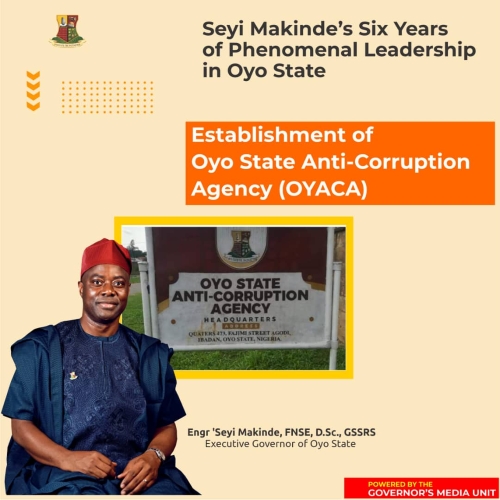
Title: An exploration into the countenances of dead bodies: Do they hint at the mysteries of life after death?
Introduction:
The contemplation of life after death has captivated human minds throughout history. While religious beliefs and personal experiences often shape individual perspectives on the matter, the physical manifestations on a deceased person’s face, their countenance, has sparked curiosity and debate. Can the expressions left on a dead body indicate something about their journey into the unknown realm of the afterlife? In this blog post, we delve into the notion of whether a person’s countenance can reveal insights into their life after death.
The Mystery of Facial Expressions at Death:
At the moment of death, the human body undergoes various physiological changes, including muscle relaxation and neural shut down. While these processes contribute to the loss of vital signs, they do not necessarily hinder the facial muscles from maintaining certain postures.
Some individuals claim to have witnessed profound changes in a deceased person’s countenance, ranging from peaceful serenity to expressions of pain or torment. Those who adhere to the belief in an afterlife argue that these differing expressions may provide glimpses into the soul’s experience after death.
The Subjectivity of Interpretation:
Interpreting a dead body’s countenance involves a considerable degree of subjectivity. Faces are unique ecosystems of emotions, influenced by an individual’s life experiences, personality, and cultural background. Consequently, analyzing a person’s expression at the moment of death can be influenced by personal biases, making it challenging to separate objective observations from subjective projections.
The Role of Post-Mortem Changes:
Another critical factor to consider is the occurrence of post-mortem changes. As time elapses after death, the body undergoes a range of processes, such as rigor mortis, livor mortis, and decomposition. These transformations, combined with the potential for facial manipulation during preparation for viewing, can significantly alter the deceased person’s countenance, potentially masking any initial expressions present at the time of death.
Beyond the Physical Expression:
While the countenance of a dead body might hold potential significance, it is important to acknowledge that life after death, if it exists, may transcend physical appearances. Many spiritual and religious traditions believe that consciousness or the soul continues its journey after death, unaffected by the deceased body’s physical status. If this perspective holds true, then considering countenances alone might not provide a complete understanding of the afterlife.
Conclusion:
The countenance of dead bodies has long been a subject of speculation, often sparking debates regarding life after death. Although some individuals find meaning and solace in the expressions observed on deceased individuals, it is crucial to approach this topic with a balanced and open mind. The interpretation of countenances must coexist with an understanding of subjectivity, the potential for post-mortem changes, and the possibility that consciousness may transcend physical appearances. Ultimately, our search for answers about the afterlife remains a deeply personal journey, open to individual contemplation and belief.











